Before packing the ropes for a trip to the mountains you should be clear what you are about to do, where you will walk and climb, what the terrain is like and how you would descend. Mountain climbing often means climbing on two ropes (double ropes of half ropes), but this is not necessarily a rule. There are many kinds of summer mountain climbing, from sport multi-pitch climbing through lead multi-pitch climbing to classic ice, ridge, or mixed hikes. Each of these activities requires different equipment and I will describe in greater detail how I pick a rope for the various kinds of climbing in mountains.
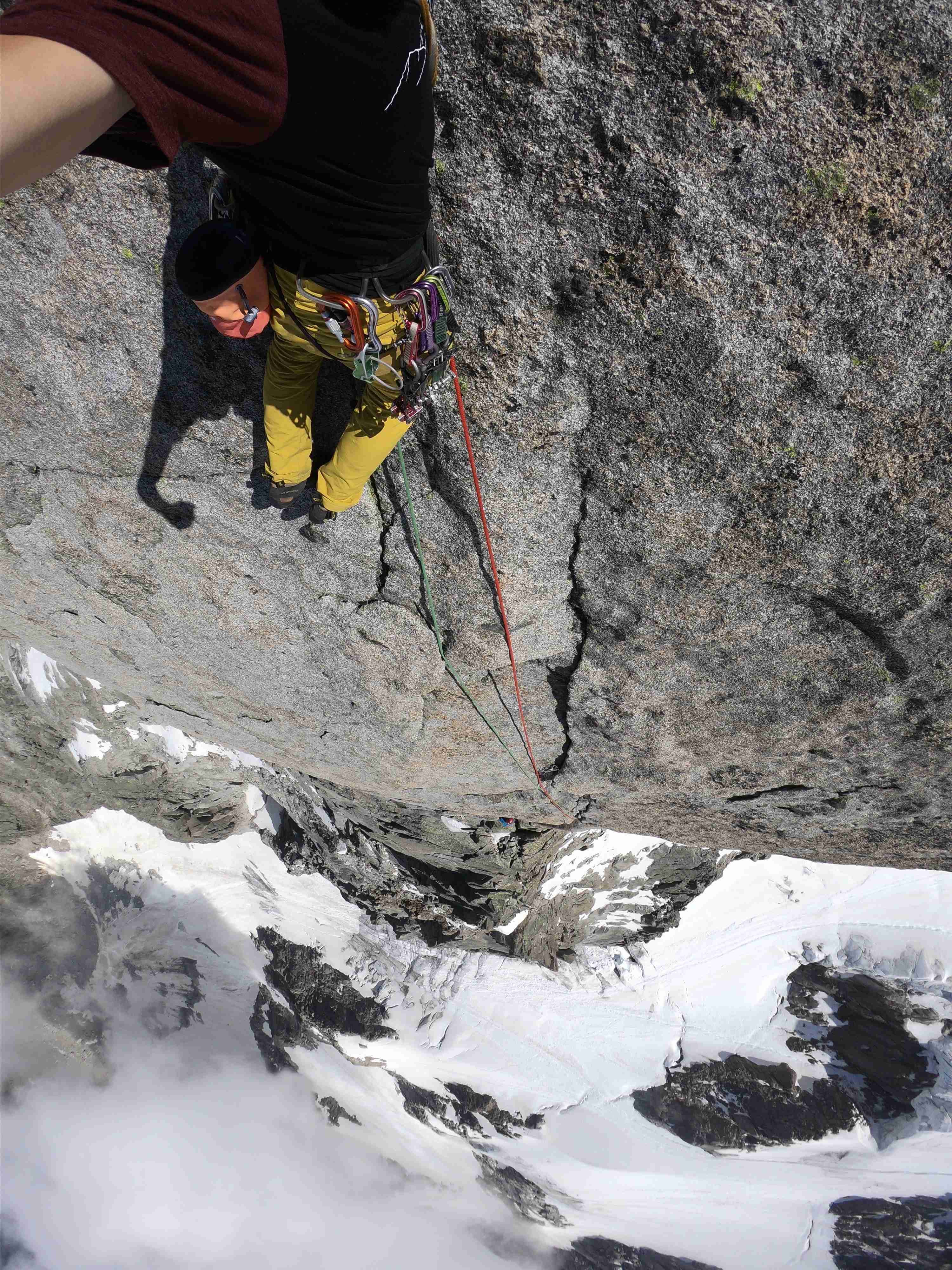
If I am going for a sport multi-pitch climb...
... I switch to a sport mode: I want to move freely and enjoy climbing of a well belayed route. But on big walls one also needs to have a backpack with food, drinks, shoes, the first aid kit and sometimes even crampons and ice axe. So? Either you don’t mind carrying the backpack and the route isn’t that hard, or, as Ondra Beneš once told me: “I’m no nutty alpinist to climb with my backpack on,” and you haul it behind you.
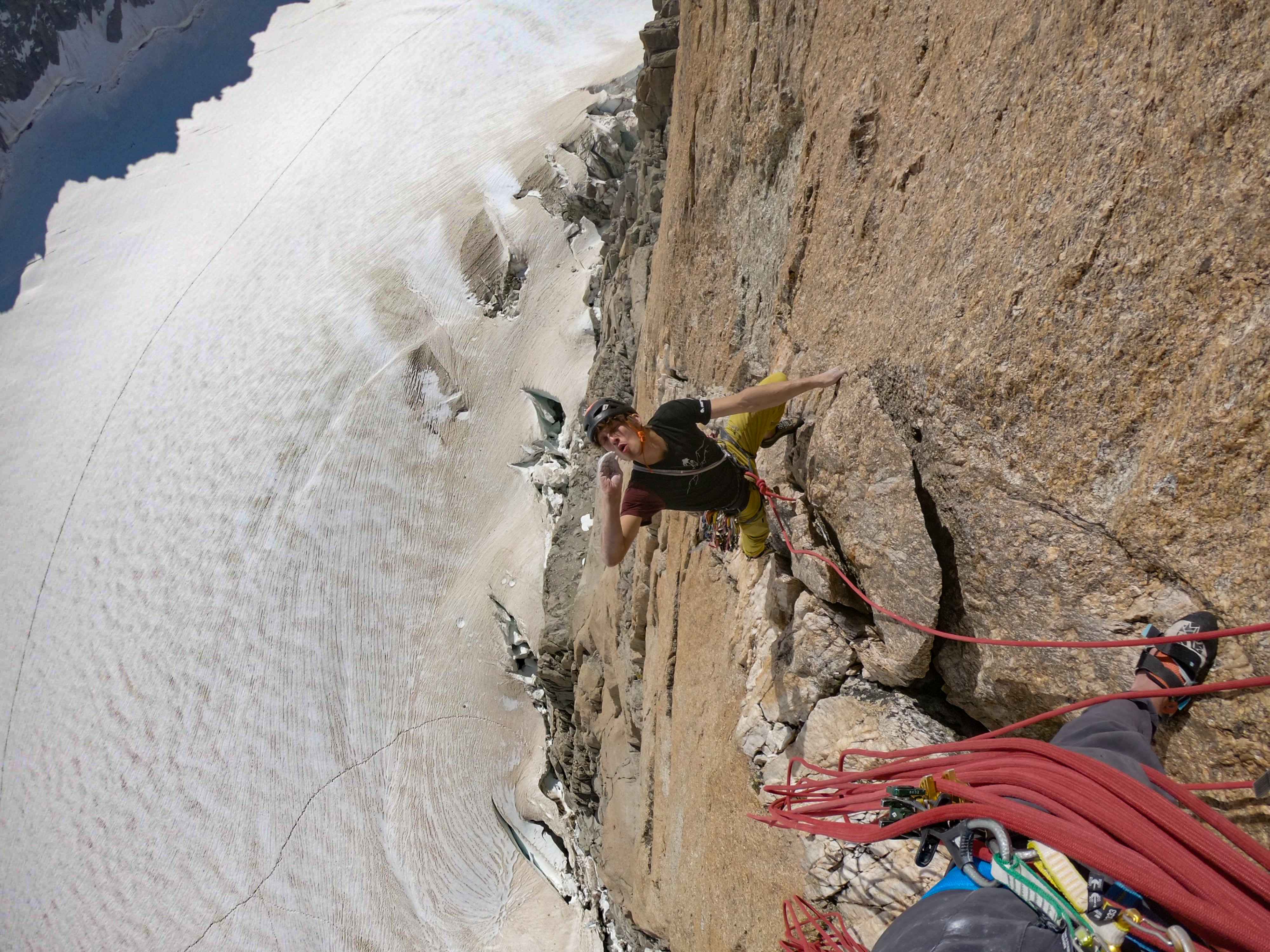
An ideal combination for this is a single rope for climbing and a reep cord (an accessory rope) for hauling the backpack. A light single sport rope (I like Master 9.0 Tefix or Master pro 9.2) for climbing and a 6 mm reep cord or a Master 7.0 rope for hauling the backpack is a perfect combination. For purely sport routes where you don't need to abseil during the descent I use the 6 mm reep cord, while for the routes with lots of abseiling during the descent I prefer using the 7 mm rope.
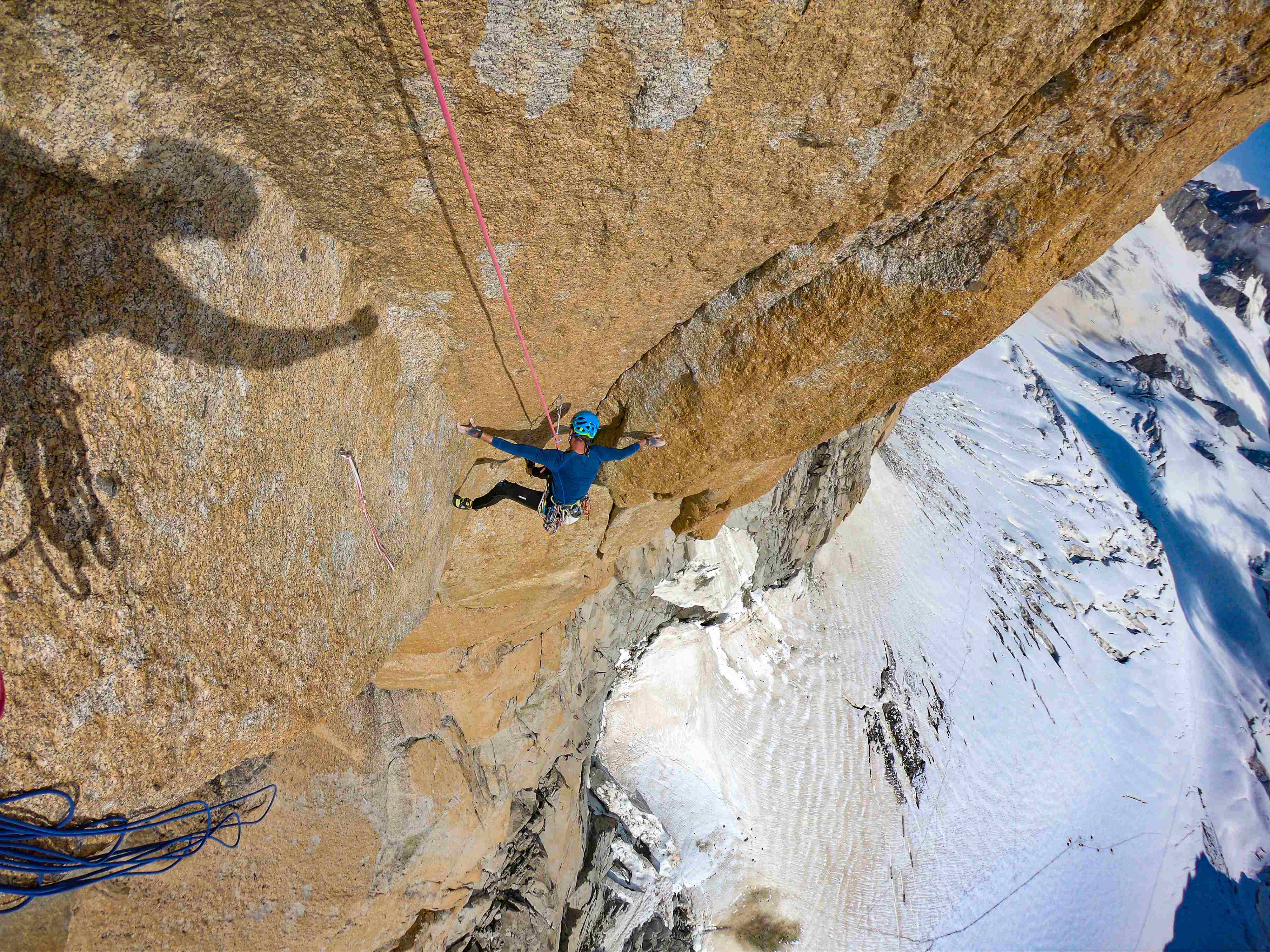
If I am going for a trad multi-pitch route...
... I usually take two half ropes. If the climb is a trad climb, but its overall character is similar to a sport climb (steep wall, quality solid rock, good belay in the line) I sometimes take a “single” and a reep cord for hauling my bag. However, if it is more about classical mountain climbing and the quality of the rock varies, then the “halves” are a great choice. You can also combine a reep cord with half ropes if this makes sense with regard to steepness and difficulty of the route. Most often I use the Tendon Master 7.8 Tefix half ropes.
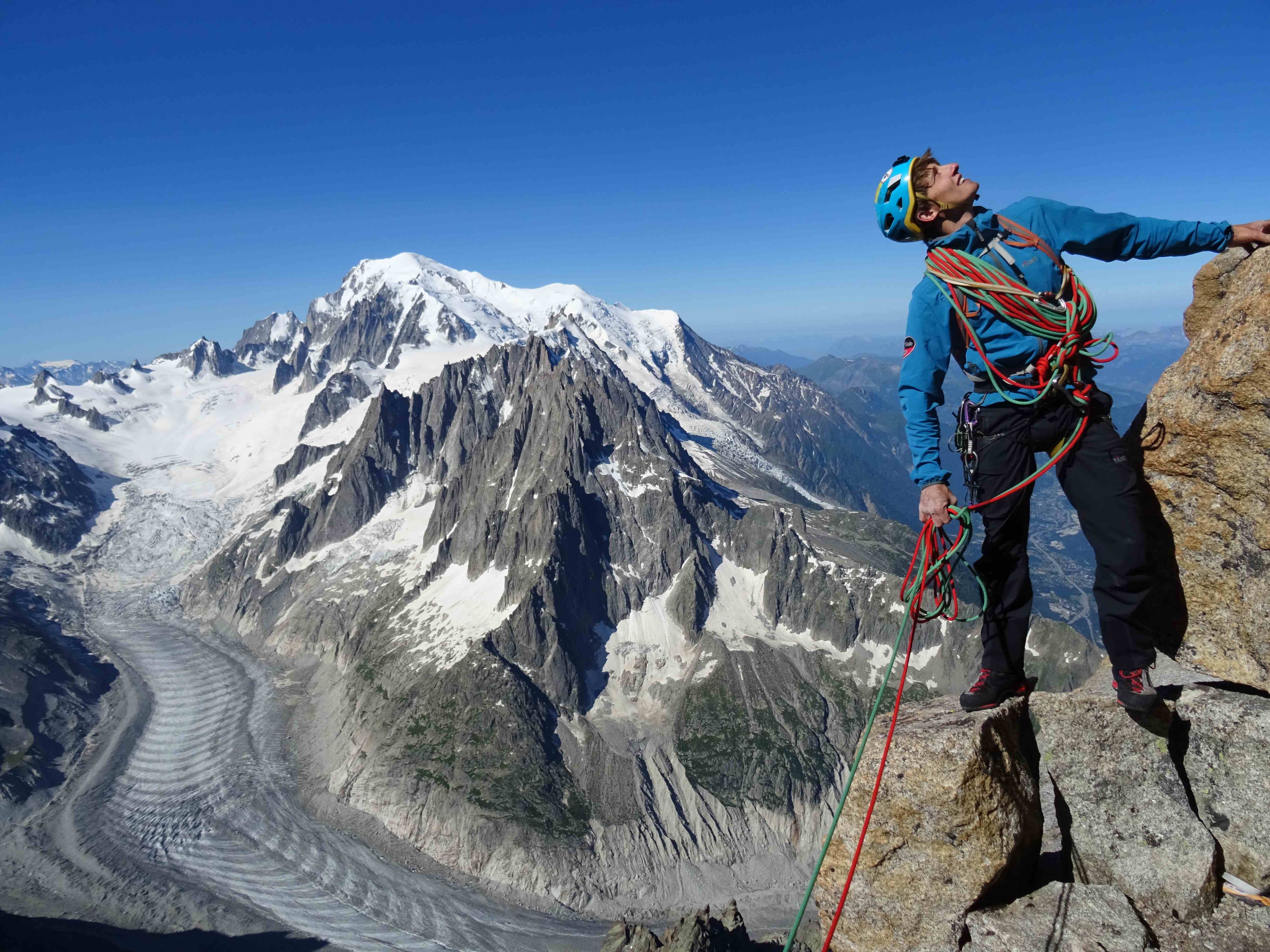
In my view, these are most versatile, they are light and very soft, and considering their weight and diameter they are pretty durable. If I climb with two other climbers, each of them on their own rope, the classic Master 8.5 rope is my favourite. These ropes are a bit sturdier and heavier, but also more durable. A timid follower will definitely appreciate the larger diameter.
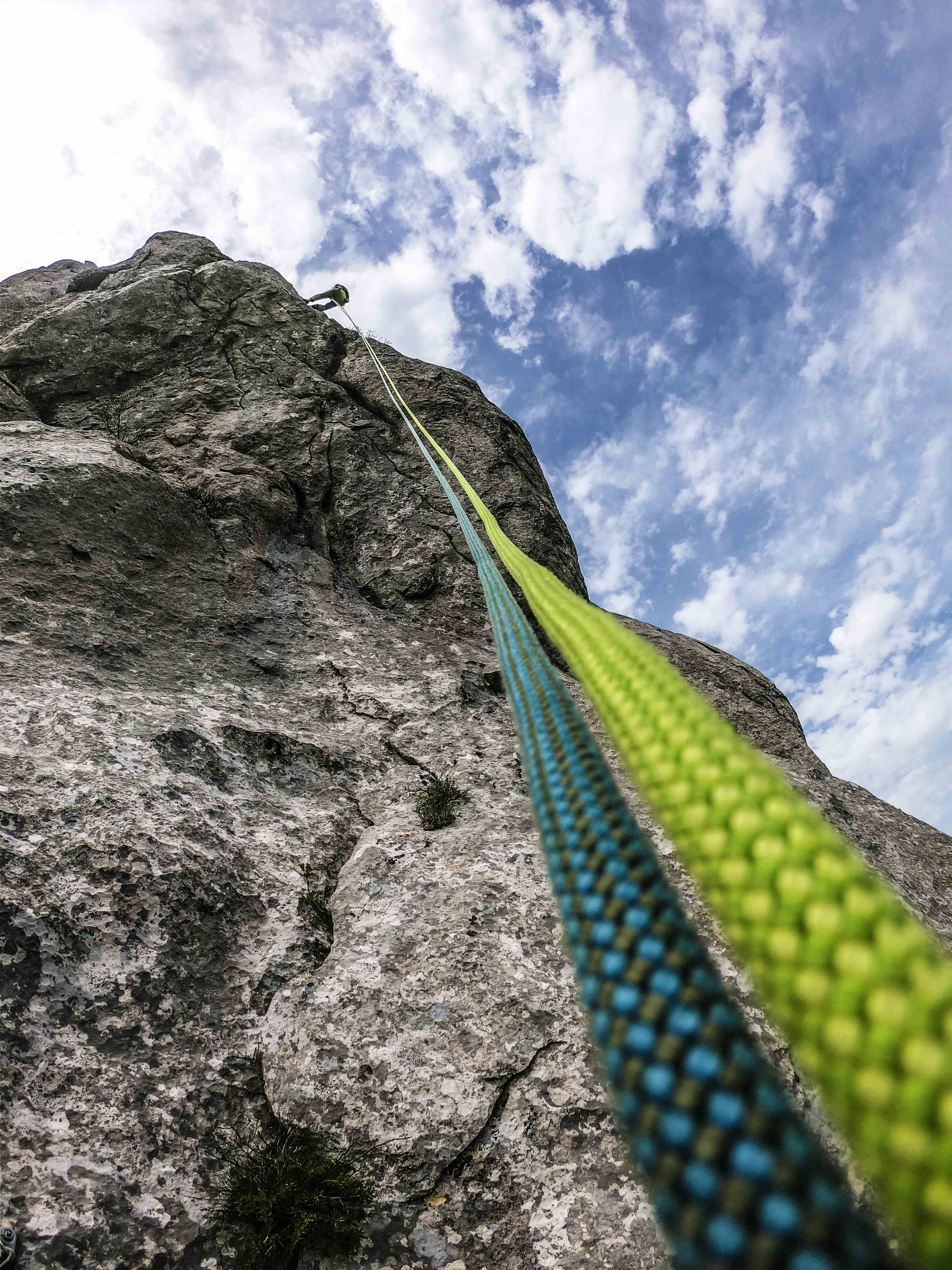
Lowe 8.4 is something between the Master 7.8 and 8.5 ropes and it is great for those who prefer larger diameter but smaller weight in comparison to the ropes of a similar diameter.
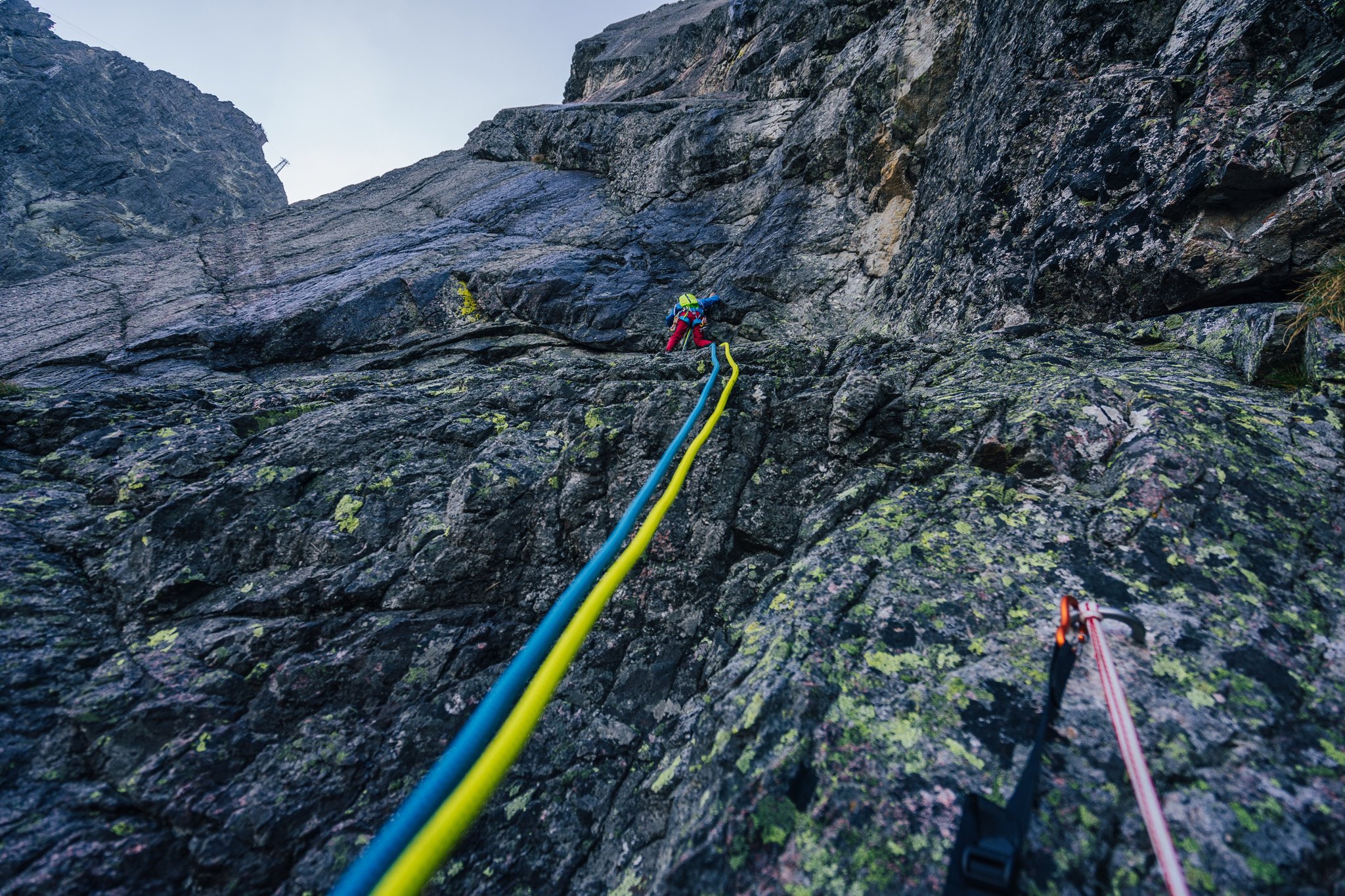
What length? 50m vs. 60m
For winter climbing I always take only 60m ropes. And as for the summer climbing, the 60m rope is most versatile and you cannot make a mistake taking it. But if you really want to walk light and you are sure that the length of abseiling sections and walls that you want to climb does not exceed 45 m, a 50m rope is a good choice, as well. There are loads of short routes, but there are also many other routes where a 60m rope is a better idea.
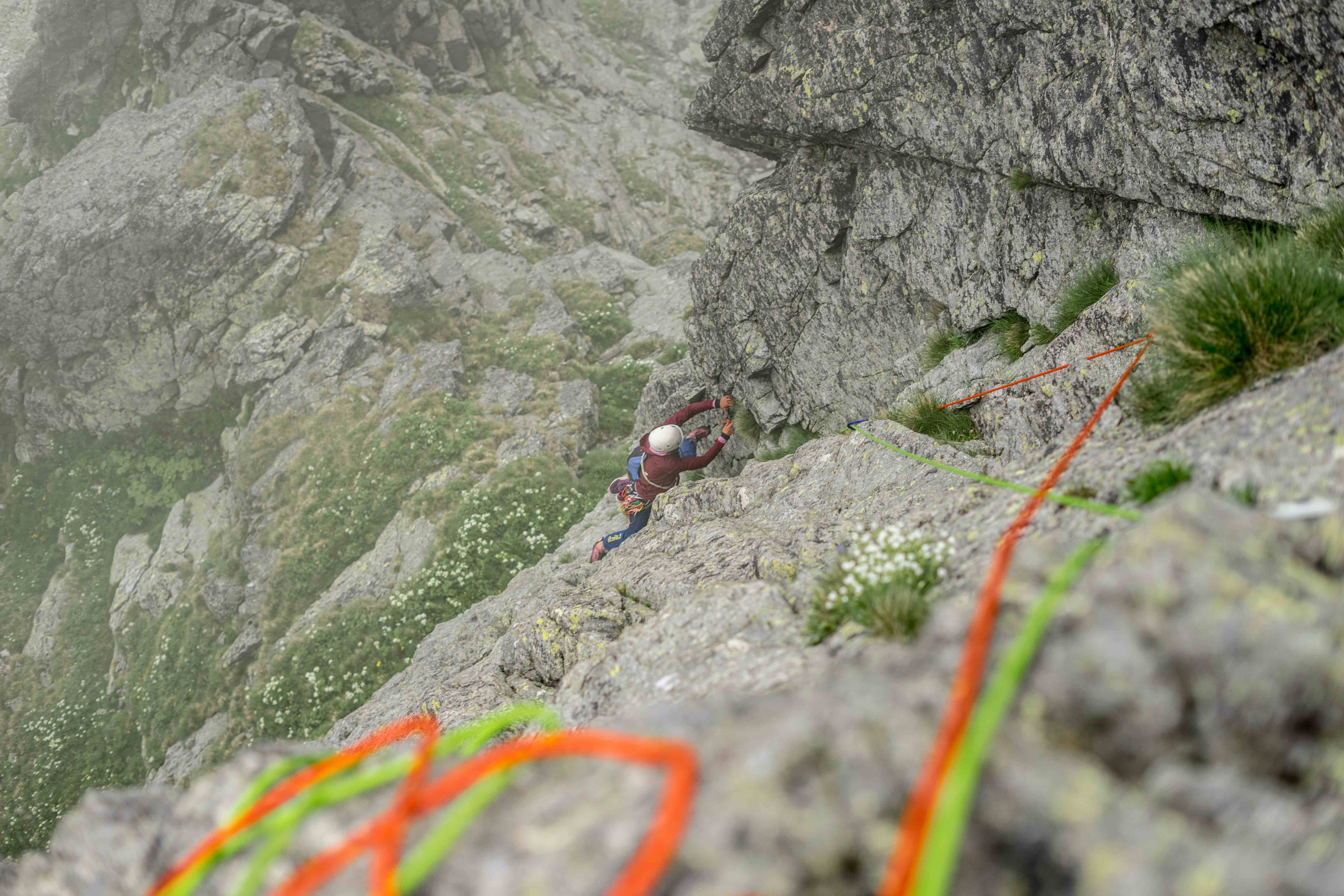
If I just go climbing on an iceberg...
... I go light and take a 40-60m Master 7.0, or a 7.8 Tefix rope. The length depends on the number of climbers in your team and on their abilities to rescue from a crevasse. A longer rope can significantly facilitate the rescue, but you may get along with less if you are really experienced.
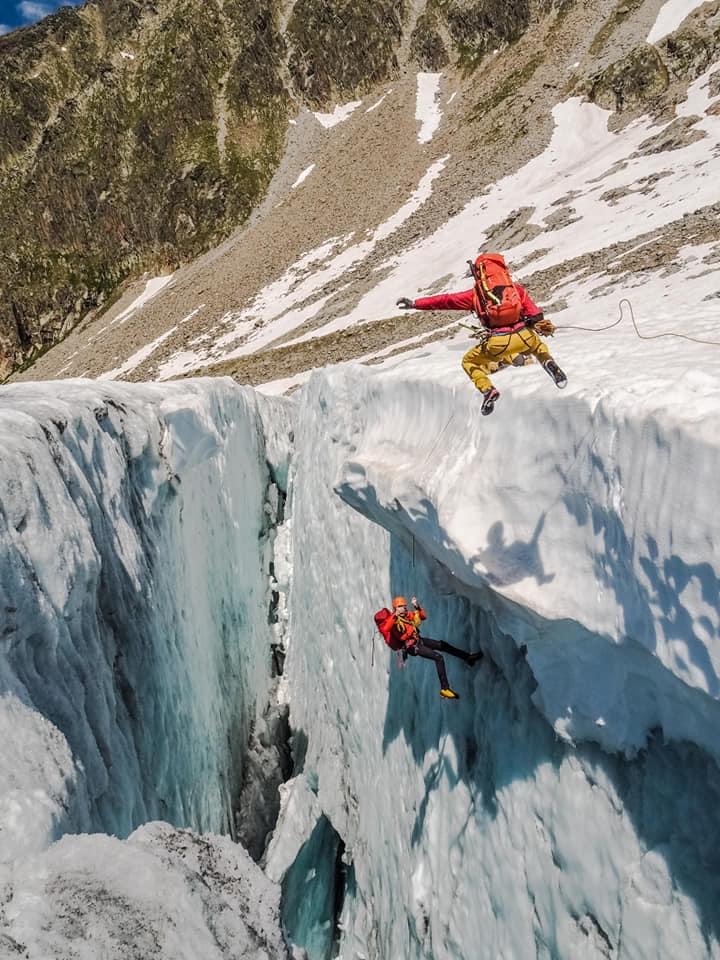
If I go mountain climbing…
… I expect starting on an iceberg, ridges, long, slightly slanted, and crumbly walls, cascading climbs and all that comes with classical routes to two, three or four-thousanders in the Alps or Tatra mountains. In most cases I don’t need two ropes for that. The ascent takes place in mild terrain, where it is better to climb on a short rope and to make short pitches in the more difficult sections.
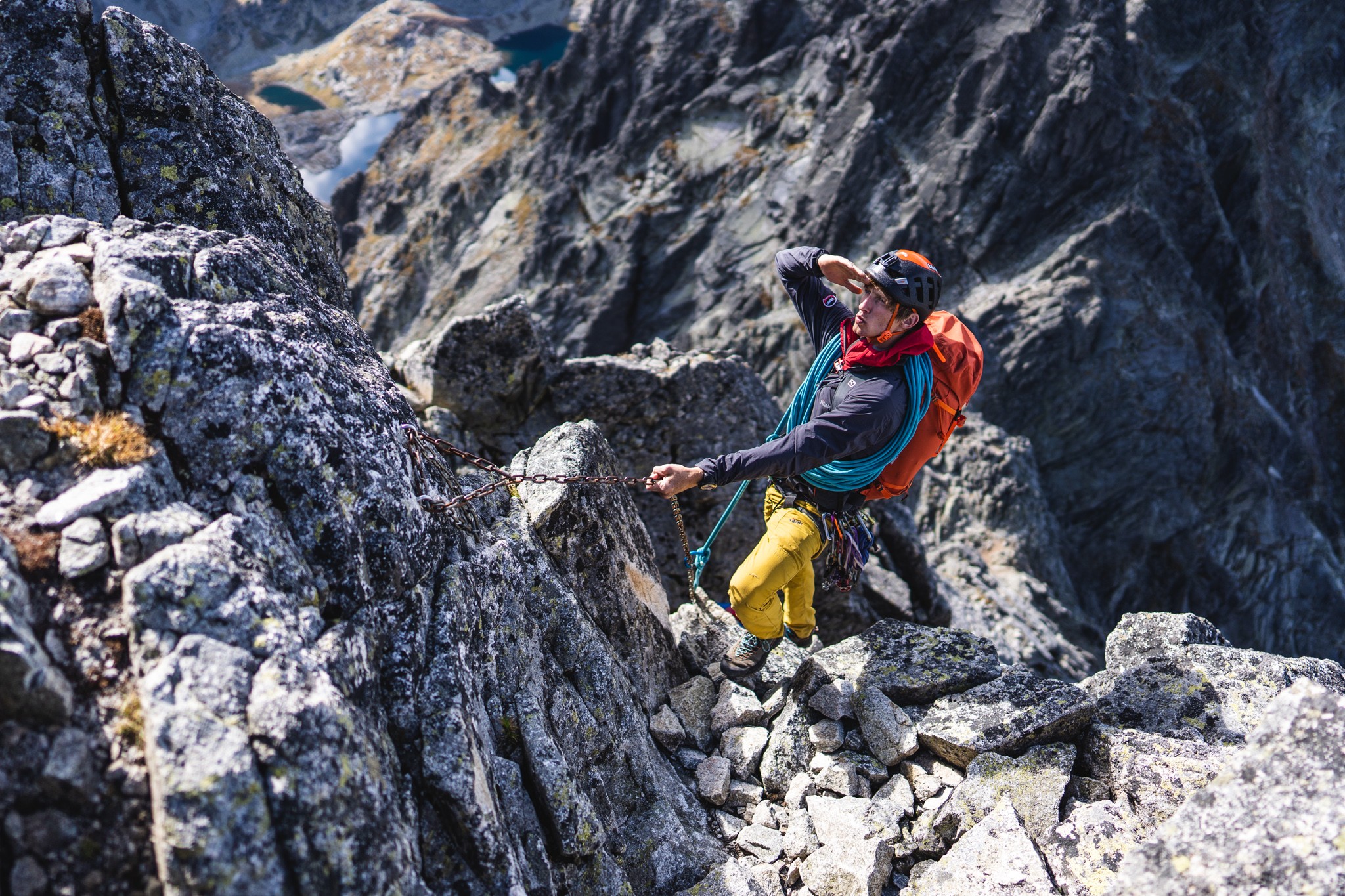
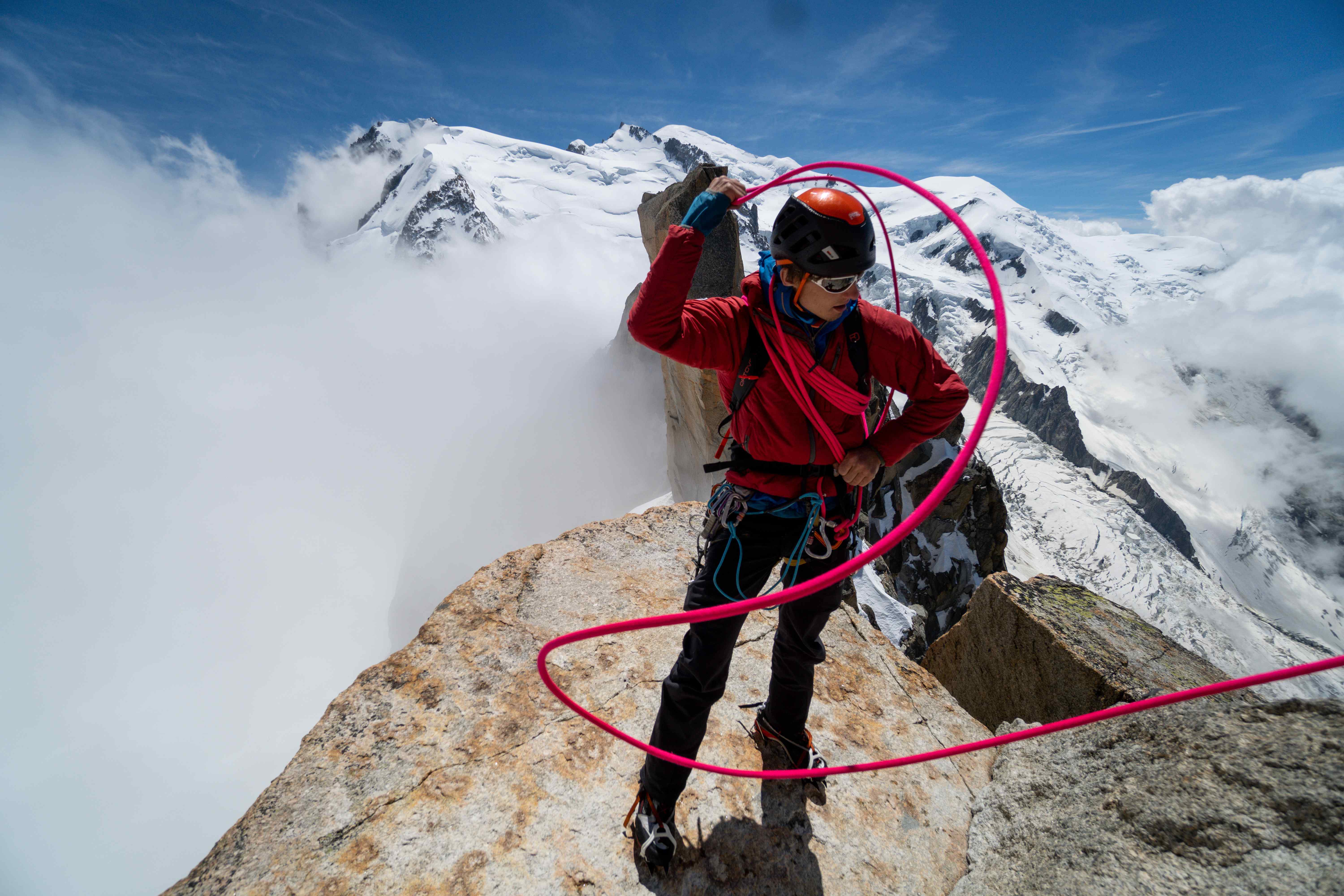
The descent mostly doesn’t involve long abseiling sections, so I usually use a 40-50m single rope or a double/half rope and I fold it for rock climbing.
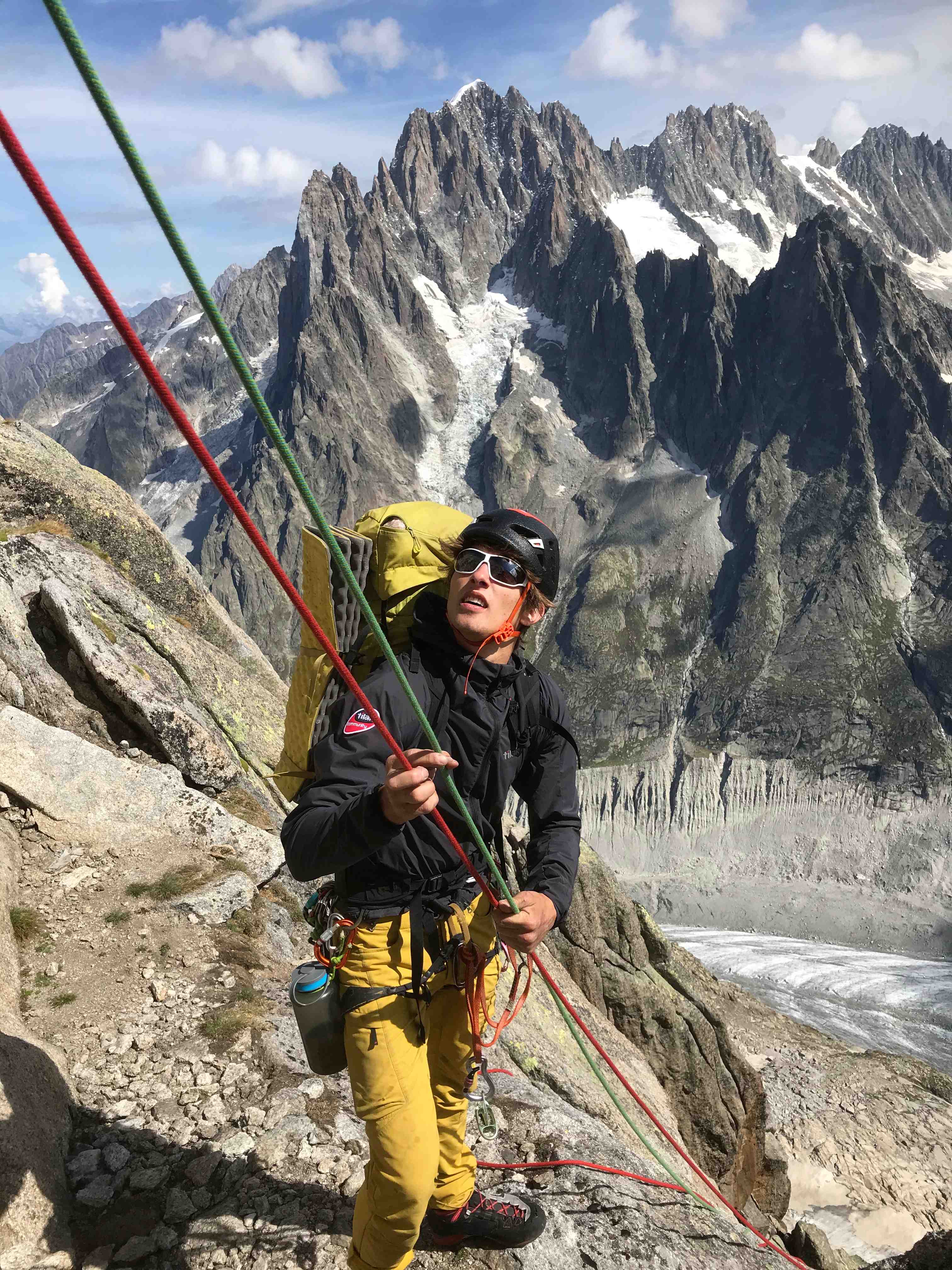
Hugs and kisses
Danny











Comments (0)
There is no comment on this article.
Comments can only be inserted by logged-in user.